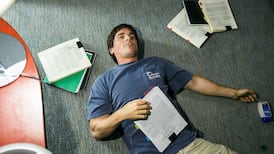Any reporter assigned to cover a fatal road accident in Donegal will not easily forget it. There would most likely be multiple deaths and they would be heartbreakingly young. It was relentless. In just 18 months in the mid-2000s, 25 people died on the roads of the Inishowen Peninsula, 20 of them under 30. In 2004, 29 people died on Donegal roads. In 2005, the figure was 27. It was hardly autumn that year but gardaí had already documented 47 collisions involving serious injury, another 46 involving minor injuries, and 131 causing material damage.
The factors common to nearly all were weekend nights, speed and youth. Sometimes alcohol was in the mix, they said, although rarely among the under-40s.
The questions being asked then are being echoed this week. Why Donegal? Back then, gardaí talked wearily about the rallying culture of the region – a spin-off from the Donegal International Car Rally, the Circuit of Ireland and the vibrant tradition just across the Border – and the huge pride the “boy racers” took in their cars. In remote areas, driving tractors and stripping down car engines comes naturally to 15-year-olds.
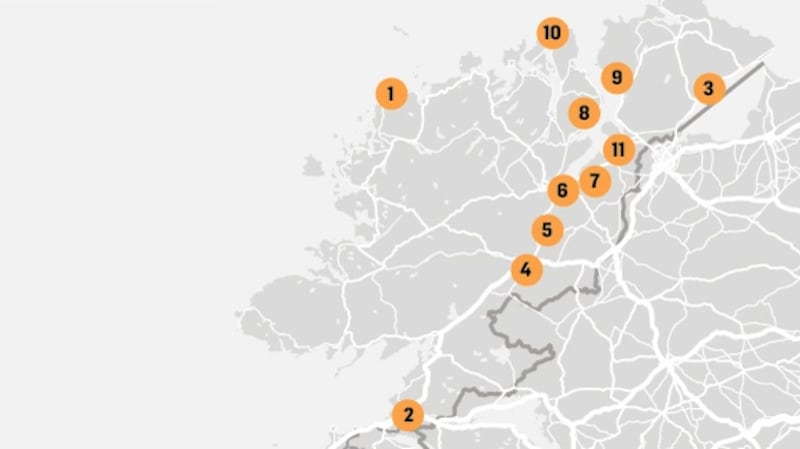
Yet, despite this week's terrible news, the culture has been seriously dented
During the boom, boys as young as 15 and 16 headed for lucrative construction jobs in Dublin, then used their pimped-up, rear-wheel drives to race around public Donegal roads on Saturdays and Sundays.
In just one weekend in 2005, gardaí were called out 13 times to deal with road-racing incidents. Hours after the loss of five young lives in a two-car collision near Muff, up to 500 boy racers were in a Letterkenny supermarket car park showing off their doughnut stunts.
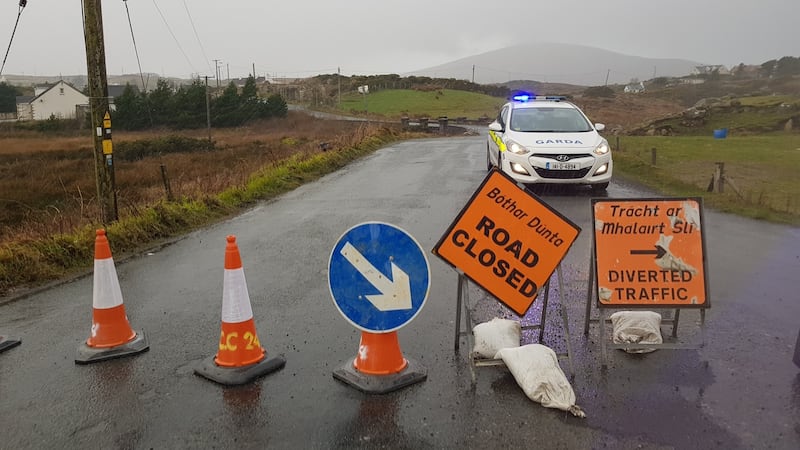
Following a triple tragedy in 2004, gardaí set up a “boy-racer target group” during which 200 dangerously defective or illegally modified cars – often end-of-life cars, sold to underage boys – were seized.
Lack of co-operation
The response of some parents was to accuse gardaí of harassing their sons. Privately, gardaí expressed deep frustration at a perceived lack of co-operation from parents and adults generally. Locals might be concerned about young lads racing around in lethal cars but would say nothing. Or they would report it anonymously and decline to get involved in subsequent court cases. It takes gumption in a rural area to report such a case to the Garda and to follow it up in public.
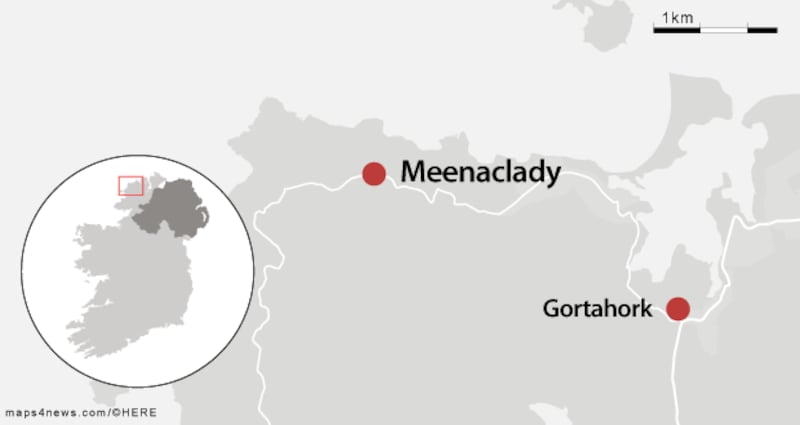
But just five years later, reporters were again heading north for multiple funerals. Eight young men, aged between 19 and 23, had piled into one car, in which the driver was the sole survivor (he was subsequently sentenced to four years for dangerous driving). The eighth victim was Hugh Friel, a 66-year-old, careful farmer driving home from bingo.
At the funerals conducted over two days, a picture emerged of exuberant young lads, full of craic and wild for cars. Each service brought out the same wan friends, the same stunned parents and siblings, the same football teams, the same readings of devastation, the same kind of country music, the same exhausted priests imploring their young congregations to change their behaviour, “to please live life on its terms, within its rules and boundaries; otherwise life will be cruel and merciless towards you and towards the family and friends who will have to bear you to the grave”.
The pleas felt pointless. Offerings brought to the altar to symbolise those young, lost lives included a car-racing magazine, a photograph of an old, souped-up BMW and a 2010 “driver of the year” trophy. The sense was of a hopeless, reckless, adrenaline-addicted culture that would take a long, long time to die. That year, 19 lives would be lost on Donegal roads.
Terrible news
Three years on, Donegal had the country’s third-highest road death rate as a proportion of its population. By this account, it still seems hopeless. Yet, despite this week’s terrible news, the culture has been seriously dented. Ireland has had striking success in steadily reducing the number of road deaths year by year. Last year’s figure of 150 is well under a quarter of 1972’s record high, a time when there were fewer cars on the road and a much lower driving population.
So bad was the outlook in 1972, that in a letter to the taoiseach, the minister for local government, Bobby Molloy, predicted there would be 700 road deaths and at least 25,000 people injured that year unless drastic action was taken. He wrote of the plethora of untaxed and uninsured “bangers” with bald tyres, defective steering and “little or no brakes” and of the “frightening (though confidential) evidence of the level of alcohol in the bodies of accident victims . . .”
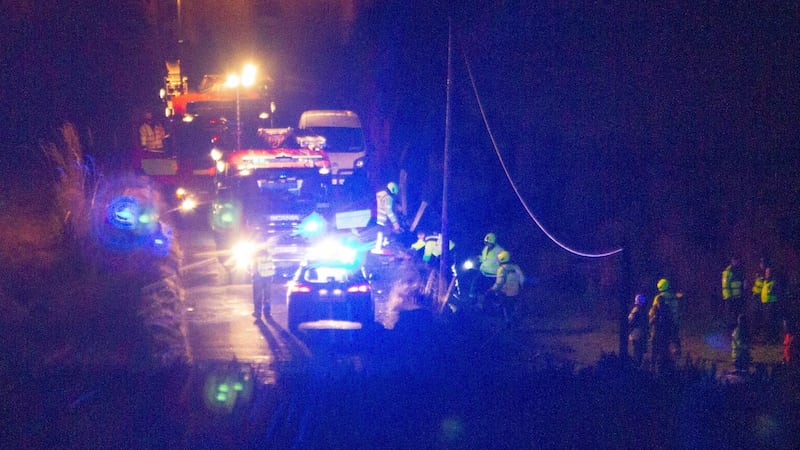
We have come a long way, although it will be of little comfort to heartbroken families with an “if only” narrative haunting their dreams. But it’s important to note that the figure of 150 tells only part of the story. Of that number, 42 were pedestrians and nine were cyclists – a death for almost every week that was neither car driver nor passenger. Every accident has its own tragic timeline but it’s a safe bet that many occur on secondary roads, increasingly used as rat-runs, and where locals now fear to walk or cycle.
And not all of the offenders are “boys”.



